Hey there, fellow freedom seekers! Daniel Sokoll here. If you’re anything like me—maybe an expat soaking up the sun in a place like the Philippines, or perhaps dreaming of becoming a digital nomad—you’ve probably typed “how to make money online” into Google more times than you care to admit. The dream? Making money while you sip a coconut on the beach, right? That’s the allure of passive income. But let’s get real – it’s not quite as simple as money magically appearing while you sleep. Today, we’re diving deep into passive income ideas 2025, exploring 10 options perfect for beginners, especially those looking for flexibility and low startup costs. We’ll break down what passive income really means, explore popular strategies, and I’ll share why affiliate marketing consistently tops the list for folks like us, based on years of navigating this online world myself.
Understanding Passive Income: More Than Just Money While You Sleep
Ah, passive income. The term gets thrown around like confetti at a fiesta. We picture laptops by the pool, bank accounts filling up effortlessly. And while that can be the eventual reality, the journey there often involves a hefty dose of active work upfront.
Defining Passive Income: The Practical vs. The Official
In everyday chat, passive income usually means money earned from something that, once set up, doesn’t need constant, hands-on effort to keep the cash flowing. Think royalties from a book you wrote ages ago, dividends from stocks, or maybe rent from a property. This is different from active income, like your salary, where you trade your time directly for money.
But here’s the kicker often missed in the hype: almost all passive income streams require a significant investment first – either your time, your money, or often, a generous mix of both. You have to build the machine before it can run on its own. Even then, things like managing rentals or updating an online course require ongoing attention to keep the income flowing.
The IRS has a stricter definition, mainly for tax reasons, involving “material participation” (or lack thereof) in a business or rental activity. While good to know for taxes, for us beginners figuring out where to start, the practical definition – minimal ongoing effort after setup – is more useful for choosing a path. The key takeaway? Don’t let the “passive” part fool you into thinking it’s effortless from day one. It’s earned passivity.
What Makes an Income Stream “Beginner-Friendly”?
Not all passive income paths are suitable when you’re just starting out, especially if you’re juggling a job, family, or adjusting to life in a new country. Here’s what makes an idea truly beginner-friendly:
- Low Initial Investment (Money): Let’s face it, most beginners aren’t swimming in cash. Ideas needing minimal upfront money are more accessible. Think starting a blog versus buying an apartment complex.
- Minimal Required Expertise/Skills: You shouldn’t need a Ph.D. to get started. Look for things where you can leverage existing interests or learn the ropes relatively quickly.
- Manageable Time Commitment: How much time does it really take to set up and maintain? Be realistic about the initial grind versus the ongoing upkeep. True passivity takes less ongoing time.
- Scalability: Can this income stream grow significantly without you needing to clone yourself? A scalable idea lets your earnings increase disproportionately to your effort once it’s running.
- Risk Level: Every venture has risks. Beginner-friendly options ideally have lower financial risk.
Remember, there are trade-offs. Low cost often means high time investment (like blogging or affiliate marketing). High capital options might need less ongoing time but have bigger financial risks. “Beginner-friendly” depends on your resources, risk tolerance, and goals.
Exploring 10 Potential Passive Income Streams for Beginners in 2025
Alright, let’s look at some concrete passive income ideas 2025. Based on our criteria, here are 10 popular options often recommended for newcomers:
1. Affiliate Marketing
- How it works: You promote other companies’ products/services using special tracked links. When someone buys (or sometimes clicks/signs up) through your link, you earn a commission. Think recommending a travel backpack you love on your blog, with a link to buy it.
- Setup: Choose a niche (topic), join affiliate programs (like Amazon Associates, ShareASale, or direct company programs), create content (blog posts, videos, social media) embedding your links. Low starting cost (maybe just website hosting) but needs significant time for content and audience building. Skills needed: marketing, content creation, SEO.
- Potential & Scalability: Highly variable earnings, often starting slow ($0-$1000/month first year is common ). BUT, highly scalable – income grows with traffic/audience without a direct increase in effort. Top affiliates earn substantial incomes.
- Risks: Income depends on merchant policies. Building traffic takes time. Competition can be fierce. It’s a marathon, not a sprint.
(Personal Note: This was my gateway! As an expat, the low startup cost and flexibility were huge draws. But man, the initial learning curve and waiting for that first commission felt like forever. Persistence is key!)
2. Blogging
- How it works: Create a website focused on a niche, publish content, and monetize the traffic through ads (e.g., Google AdSense), affiliate links, selling your own digital products (like e-books), or sponsored posts.
- Setup: Pick niche, set up website (domain, hosting), consistently create valuable content, promote it. Low-medium cost. HUGE time investment, ongoing. Skills needed: writing, SEO, content marketing, basic web management.
- Potential & Scalability: Can range from pocket money to a full-time income, but takes time (months/years). Highly scalable once content and audience are established.
- Risks: Very competitive. Requires persistent effort. Traffic vulnerable to search engine algorithm changes. Monetization needs significant traffic.
3. Online Courses
- How it works: Package your expertise into an online course and sell it on platforms like Teachable, Udemy, or your own site.
- Setup: Identify topic, plan curriculum, create materials (videos, text), choose platform, market it. Low-medium cost (maybe camera/software, platform fees). Massive time investment upfront to create the course. Skills needed: subject expertise, teaching ability, video production (or outsourcing), marketing.
- Potential & Scalability: Medium to high potential, high profit margins possible. Highly scalable – sell to unlimited students.
- Risks: Huge upfront time sink. Need to ensure people actually want your course topic. Competition is high. May need ongoing updates/support.
4. E-Books
- How it works: Write and self-publish digital books, usually via platforms like Amazon Kindle Direct Publishing (KDP). Earn royalties per sale.
- Setup: Write, edit, format, design cover, publish. Low cost (maybe editor/cover designer fees). Significant time for writing. Skills needed: writing, subject knowledge, formatting/platform understanding.
- Potential & Scalability: Usually low to medium potential; many ebooks earn modestly. Medium scalability – publish more books to earn more.
- Risks: Writing takes ages. Very competitive market. Requires marketing effort. Low profit per sale typical.
5. Selling Stock Photos
- How it works: License your photos through stock photo sites (Shutterstock, Adobe Stock, etc.). Earn small amounts per download.
- Setup: Take high-quality photos, edit, upload according to site rules. Costs involve camera gear and editing software. Time needed for shooting, editing, uploading. Skills needed: photography, understanding marketable styles.
- Potential & Scalability: Generally low to medium potential. Earnings per photo are tiny; needs a large, in-demand portfolio. Medium scalability – keep adding photos.
- Risks: Extremely competitive. Very low earnings per image. No guarantee of sales. Requires constant new content.

6. YouTube Channel
- How it works: Create videos, build an audience, monetize through ads (YouTube Partner Program), affiliate links, sponsorships, merch, etc..
- Setup: Create channel, plan/film/edit/upload videos consistently, promote. Low initial cost (smartphone works), but quality often needs better gear. Significant ongoing time investment. Skills needed: video production/editing, potentially on-camera presence, YouTube SEO.
- Potential & Scalability: Low to very high potential, but slow to build income. Highly scalable – global reach, growing content library.
- Risks: Very time-consuming. Algorithm changes impact views/income. Highly competitive. Needs persistence.
7. Print-on-Demand (POD)
- How it works: Create designs, sell them on products (shirts, mugs) via a POD service (Printful, Redbubble). They handle making/shipping when ordered. You earn the price difference minus their costs.
- Setup: Create designs, choose POD provider/products, set up online store (Shopify, Etsy) or sell on POD marketplaces. Low cost – no inventory needed upfront. Time for design, setup, marketing. Skills needed: graphic design (or outsourcing), online marketing.
- Potential & Scalability: Low to medium potential. Profit margins can be slim. Success hinges on design appeal and marketing. Highly scalable – offer many designs/products risk-free.
- Risks: Very competitive. Reliant on POD provider quality/shipping. Low profit margins. Needs unique designs/marketing.
8. Dividend Investing
- How it works: Buy shares of companies or funds that pay out a portion of their profits to shareholders (dividends), usually quarterly.
- Setup: Open brokerage account, research dividend stocks/funds, invest capital. Medium-high cost – needs significant capital for meaningful income. Time for initial research/monitoring. Skills needed: basic stock market understanding, financial analysis (or rely on funds).
- Potential & Scalability: Low to high potential, directly tied to capital invested and dividend yield (often 1-6% annually). Highly scalable – invest more, earn more.
- Risks: Market volatility – investment value can drop. Companies can cut dividends. Requires capital at risk. May not beat inflation.
9. High-Yield Savings Accounts (HYSA) & CDs
- How it works: Deposit money in special savings accounts or Certificates of Deposit (CDs) that pay higher interest than standard accounts. Earn interest passively.
- Setup: Research banks/rates, open account, deposit funds. Requires capital to deposit. Minimal time needed. No special skills.
- Potential & Scalability: Very low potential compared to others. More about capital preservation. Limited scalability by rates/deposits.
- Risks: Very low risk (FDIC/NCUA insured usually). Main risk is inflation eroding purchasing power. CDs have early withdrawal penalties.
10. Renting Unused Space / Property
- How it works: Rent out stuff you own: spare room (Airbnb/roommate), entire house, garage/storage space (Neighbor.com), parking spot. Earn rent.
- Setup: Varies hugely. Listing a spare room vs. buying a rental property are worlds apart. Costs range from minimal to very high (buying property). Time commitment also varies greatly. Skills may include property management, tenant screening, local regulations.
- Potential & Scalability: Low (garage) to high (multiple properties) potential. Medium-high scalability (acquire more assets), but needs more capital/effort.
- Risks: Vacancies, property damage, maintenance costs, difficult tenants, legal issues. Short-term rentals need active management.
Quick Comparison Table
Let’s put these side-by-side. Remember, ‘Low’, ‘Medium’, ‘High’ are relative comparisons for beginners!
| Idea Name | Est. Setup Cost | Est. Setup Time | Required Skills | Income Potential | Scalability | Risk Level | Key Beginner Advantage | Key Beginner Challenge |
| Affiliate Marketing | Low | Medium-High | Medium | Low to High | High | Medium | Very low startup cost; no product | Slow income; needs marketing skill |
| Blogging | Low | High | Medium-High | Low to High | High | Medium | Low startup cost; build authority | Very time-consuming; slow growth |
| Online Courses | Low-Medium | High | High | Medium to High | High | Medium | High profit margins; use expertise | Significant upfront creation effort |
| Ebooks | Low | High | Medium-High | Low to Medium | Medium | Low-Medium | Low cost; creative control | Time-consuming; competitive market |
| Selling Stock Photos | Low-Medium | Medium-High | Medium-High | Low to Medium | Medium | Low-Medium | Monetize existing hobby/skill | Very competitive; low earnings |
| YouTube Channel | Low-Medium | High | Medium-High | Low to High | High | Medium | Potential for large reach; creative | Very time-consuming; competition |
| Print-on-Demand | Low | Medium | Medium | Low to Medium | High | Low-Medium | No inventory/shipping; creative | Low profit margins; design needed |
| Dividend Investing | Medium-High | Low-Medium | Medium | Low to High | High | Medium-High | Truly passive; potential growth | Needs significant capital; market risk |
| HYSA / CDs | Low-High | Low | Low | Very Low | Low | Very Low | Very low risk; simple setup | Very low returns; inflation risk |
| Renting Space/Property | Low-Very High | Low-High | Low-Medium | Low to High | Medium-High | Low-High | Utilize existing assets; income | Management effort; tenant issues |
Affiliate Marketing: A Closer Look at Why It’s Often #1 for Beginners
Okay, so why does affiliate marketing get so much buzz, especially for beginners and aspiring nomads? Let’s unpack it.
How It Works: The Nuts and Bolts
Think of yourself as a helpful connector. You find cool products or services relevant to your audience, share your unique affiliate link, and if someone buys through that link, the company thanks you with a commission. It’s performance-based – you earn when you drive results (usually sales, sometimes leads).
A key tech bit is the “cookie duration”. When someone clicks your link, a tracker (cookie) remembers you sent them. If they buy within the cookie window (e.g., 24 hours for Amazon, 30-90 days for others ), you get credit. Longer windows are better!
Getting Started: Finding Your Niche & Partners
- Choose Your Niche: Don’t try to promote everything! Pick a topic you know/love that also has market demand. Passion fuels content, expertise builds trust. Think travel gear for expats, software for remote workers, sustainable products, etc.
- Find Programs: Look for companies in your niche with affiliate programs. You can apply directly or join networks like Amazon Associates (easy start, low commissions ), ShareASale (beginner-friendly ), ClickBank (digital products, high commissions ), CJ Affiliate, or Rakuten. Consider commission rates, cookie duration, and merchant reputation.
Building Your Platform & Driving Traffic
You need a place to share your links! Common options:
- Blog/Website: Great for SEO, in-depth reviews, building authority. (This is my preferred method!)
- YouTube: Engaging video content builds trust.
- Social Media: Good for visual niches, quick tips.
- Email List: Directly reach an engaged audience.
Crucially: Focus on value. Help your audience solve problems or make decisions. Don’t just spam links. Build trust first. Traffic comes from SEO (getting found on Google), social media, email marketing, and maybe paid ads later. Understanding the basics of how affiliate marketing works is essential before you dive in.
Realistic Expectations: Income & Timelines
Let’s bust a myth: affiliate marketing is NOT a get-rich-quick scheme. While top earners make fortunes, beginners usually start slow. Earning $0-$1,000 per month in your first year is a realistic starting point for many. It often takes months or even years of consistent work to build substantial income. Patience is non-negotiable.
(Personal Note: My first commission was about $4. I almost quit! It took consistent effort over many months before I saw meaningful income, but eventually, seeing those commissions roll in while I was exploring a new town in the Philippines… that feeling is worth the grind!)
Why It’s So Appealing (The Pros):
- Dirt Cheap Startup: This is the big one. Minimal financial risk. No creating products, managing inventory, or dealing with shipping. Perfect if you’re bootstrapping.
- Ultimate Flexibility: Work from anywhere, anytime. Ideal for the expat/nomad life. Choose niches you genuinely enjoy.
- True Passive Potential (Eventually): Once your content ranks or gets traffic, those links can earn for you 24/7 with less ongoing effort than the setup.
- Highly Scalable: Grow your audience, promote more products – income potential isn’t directly tied to hours worked once established.
- Learn Valuable Skills: You become a pro at digital marketing – SEO, content, analytics – skills valuable in any online venture.
The Harsh Realities (The Cons):
- Income Rollercoaster: Commissions fluctuate. No guaranteed paycheck. Payout thresholds and delays are common.
- Major Time Sink: Low cost = high time/effort investment, especially upfront. Be prepared for the long haul.
- Dependence: You rely on merchants not changing rates or programs. You don’t control the product or customer experience.
- Fierce Competition: Popular niches are crowded. You need to stand out with quality and a unique angle.
- Trust is Everything: Promote junk, lose your audience. Be authentic and disclose affiliate links (FTC rules!).
- Learning Curve: You need to learn SEO, content strategy, maybe basic web tech.
So, the “low barrier” is financial. The barrier of time, skill, and persistence is actually quite high.

Head-to-Head: Affiliate Marketing vs. Other Options
Compared to the other ideas:
- Cost: Affiliate marketing is among the absolute cheapest to start, unlike real estate or dividend investing.
- Skills: Needs marketing/content skills, arguably more than HYSA or renting space, but less than creating a complex course or app.
- Time: High upfront time, similar to blogging/YouTube, much more than passive investing.
- Scalability: High, like other digital content models.
- Risk: Low financial risk, but high risk of wasted time. Lower capital risk than investing.
Spotlight: Affiliate Marketing vs. Dropshipping
Dropshipping is another popular low-inventory model where you sell products online but a supplier ships them directly. How do they stack up?
| Feature | Affiliate Marketing | Dropshipping |
| Business Model | Marketing / Referral | E-commerce / Retail |
| Role | Promote others’ products | Sell products (fulfilled by others) |
| Startup Cost | Very Low | Low |
| Inventory | None | None (Supplier handles) |
| Shipping | None (Merchant handles) | None (Supplier handles) |
| Customer Service | None (Merchant handles) | Seller’s Responsibility |
| Control | Minimal | High (Pricing, Branding) |
| Profit Margin | Lower (Fixed %) | Potentially Higher (Variable) |
| Ease of Start | Generally Simpler | More Complex (Store setup, Suppliers) |
| Key Skillset | Content, Marketing, SEO | E-com Mgmt, Marketing, Customer Service |
| Primary Risk | Income Dependency, Time Investment | Supplier Reliability, Service Demands |
The biggest difference? Customer service. As an affiliate, it’s not your problem. As a dropshipper, you handle all customer issues, even if the supplier messes up. That’s a huge factor for beginners wanting simplicity. Affiliate marketing focuses purely on the marketing side. If you dream of building your own brand and don’t mind customer support, dropshipping might appeal more. If you want the lowest complexity start focused on content, affiliate marketing often wins. Want to fast-track your learning and see how multiple income streams work? Check out the 15+ Income Streams in 30 Minutes resource – it’s a great overview.
Is Affiliate Marketing Truly #1 for Beginners? The Verdict
So, is it the undisputed champ? My take: It’s conditionally #1.
Why it often ranks first:
- Unbeatable Low Cost: Easiest entry point if you lack capital.
- No Product Hassle: Avoids complexity of creation, inventory, shipping, support.
- Flexibility: Perfect for location independence.
- Learn Digital Marketing: Hands-on, valuable skill development.
- Scalable: High potential for growth.
Why it might not be #1 for you:
- It’s SLOW: Takes serious time and effort before you see real money. Not for the impatient.
- Needs Skills: You do need to learn marketing, content, SEO.
- No Control: You’re dependent on merchants.
- Competition: Standing out takes work.
The Verdict: Affiliate marketing is likely the most financially accessible way to start an online marketing-focused business with passive income potential. If your main goal is minimal financial risk and you’re willing to trade time and effort to learn marketing and build something sustainable, it’s a fantastic choice.
BUT, if you need money fast, have capital to invest, prioritize control, or want less time commitment, other options might be better.

Your Passive Income Roadmap: Final Thoughts & Recommendations
Choosing your path comes down to YOU. There’s no magic bullet.
Recap of Options by Focus:
- Low Cost / High Effort (Marketing/Content): Affiliate Marketing, Blogging, YouTube. Best if: Low on cash, high on time/willingness to learn marketing.
- Low Cost / High Effort (Creative/Product): Online Courses, Ebooks, POD, Stock Photos. Best if: Have specific skills/creativity, low cash, high time.
- Capital-Intensive / Lower Effort (Investing): Dividends, P2P (not listed above but in research), HYSAs. Best if: Have capital, prioritize lower ongoing effort/true passivity.
- Asset Leveraging: Renting Space/Property. Best if: Have existing assets to utilize.
My Actionable Advice:
- Know Thyself: Honestly assess your time, money, skills, interests, and risk tolerance. Where do you fit?
- Pick ONE & Focus: Don’t spread yourself thin. Master one strategy first.
- Be Realistic: This takes time. Ditch the “get rich quick” mindset. Check out resources like Investopedia for grounded definitions of passive income.
- Expect the Upfront Grind: “Passive” is earned through initial active work. Want to see the exact model I used to build my business? You can Steal My Exact Business Model here.
- Learn & Persist: Stay curious, adapt, and don’t give up when it gets tough. Consistency wins. Find practical guides like Bankrate’s list of ideas for more inspiration.
Building passive income streams, especially as an expat or digital nomad, is about creating options, freedom, and financial independence. It’s totally doable, especially with passive income ideas 2025 like affiliate marketing lowering the financial barrier. It requires work, patience, and the right strategy for you.Ready to stop dreaming and start building? Start building your own side hustle today! Choose your path, commit to learning, and take that first step towards the freedom you’re seeking. You’ve got this!



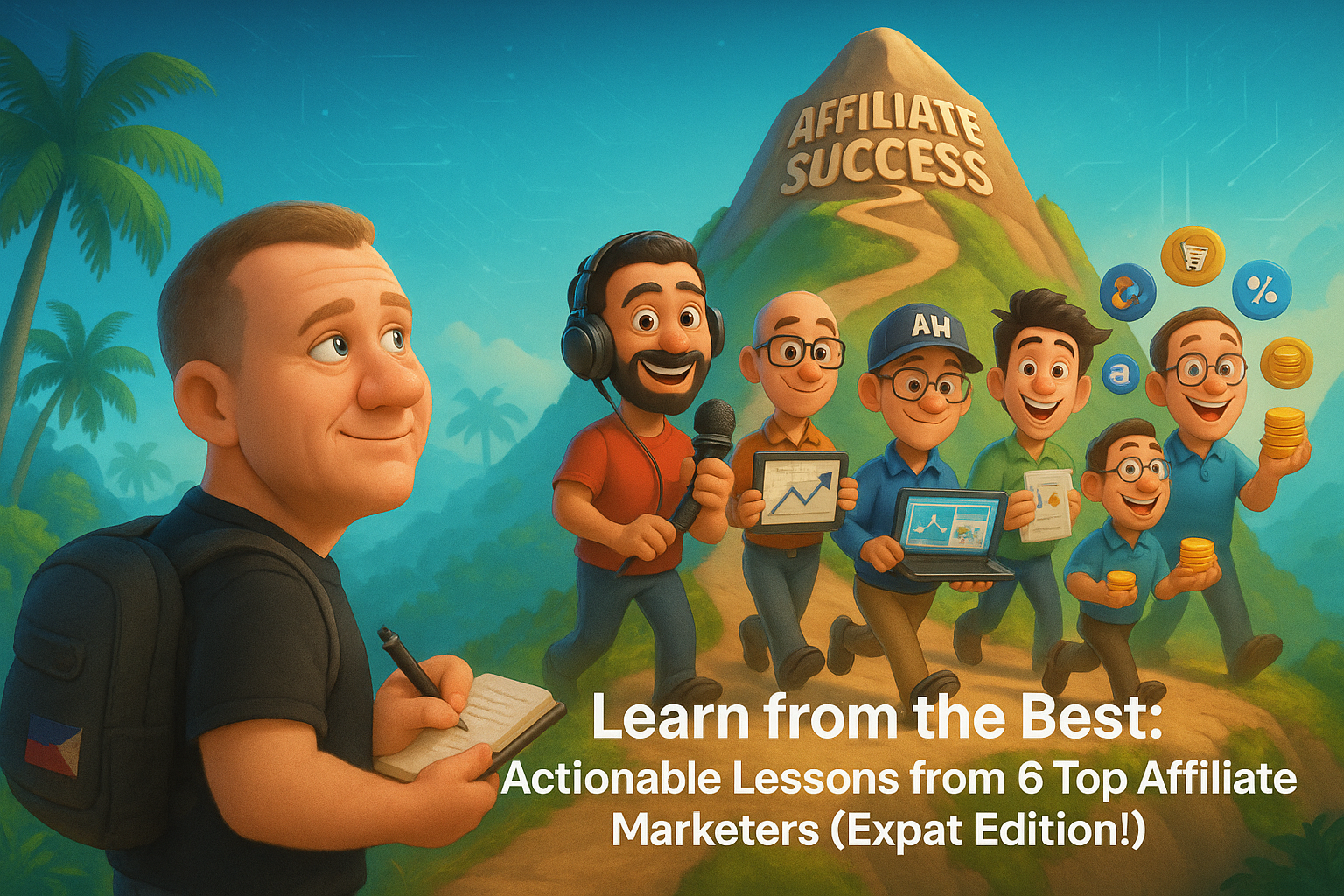

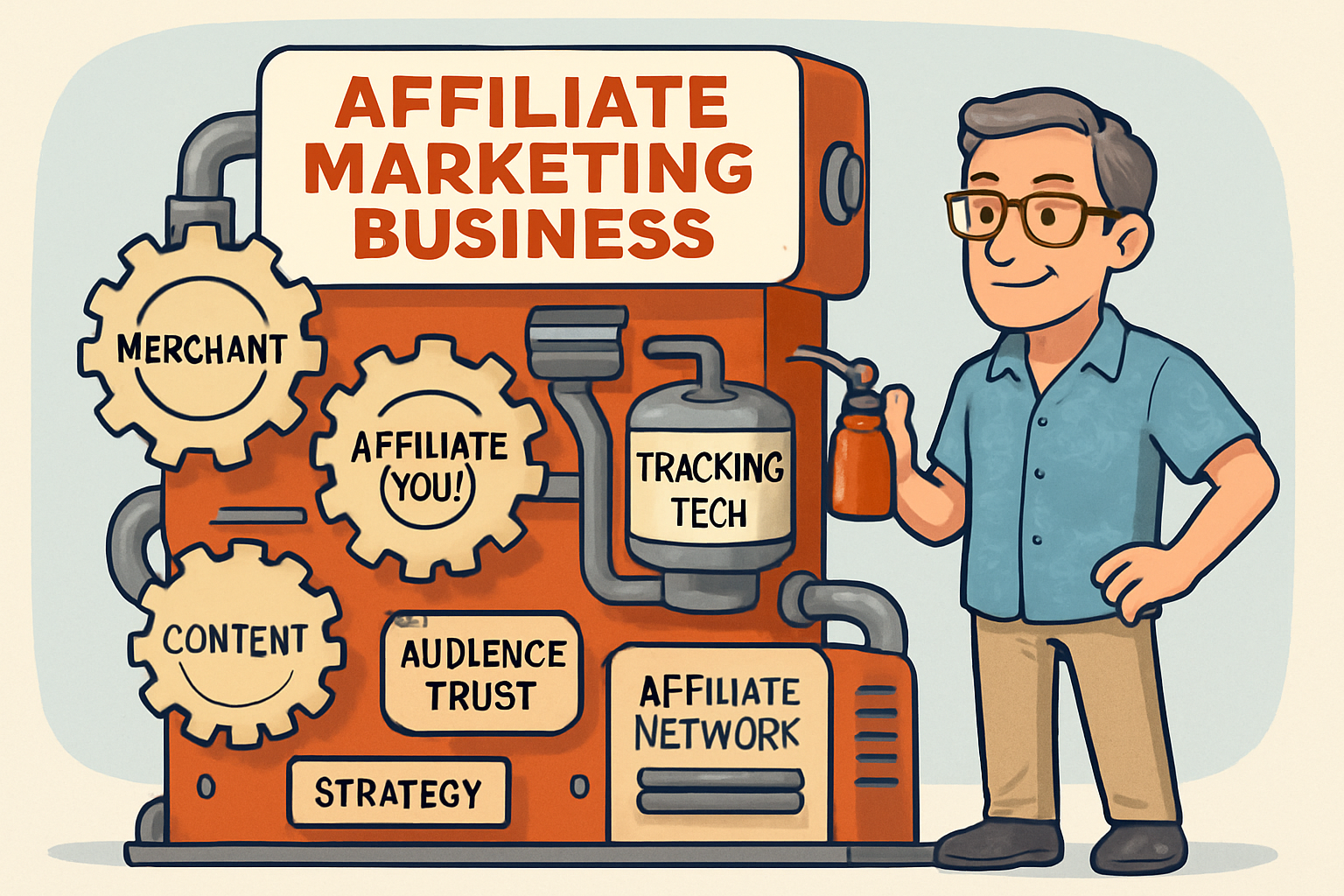





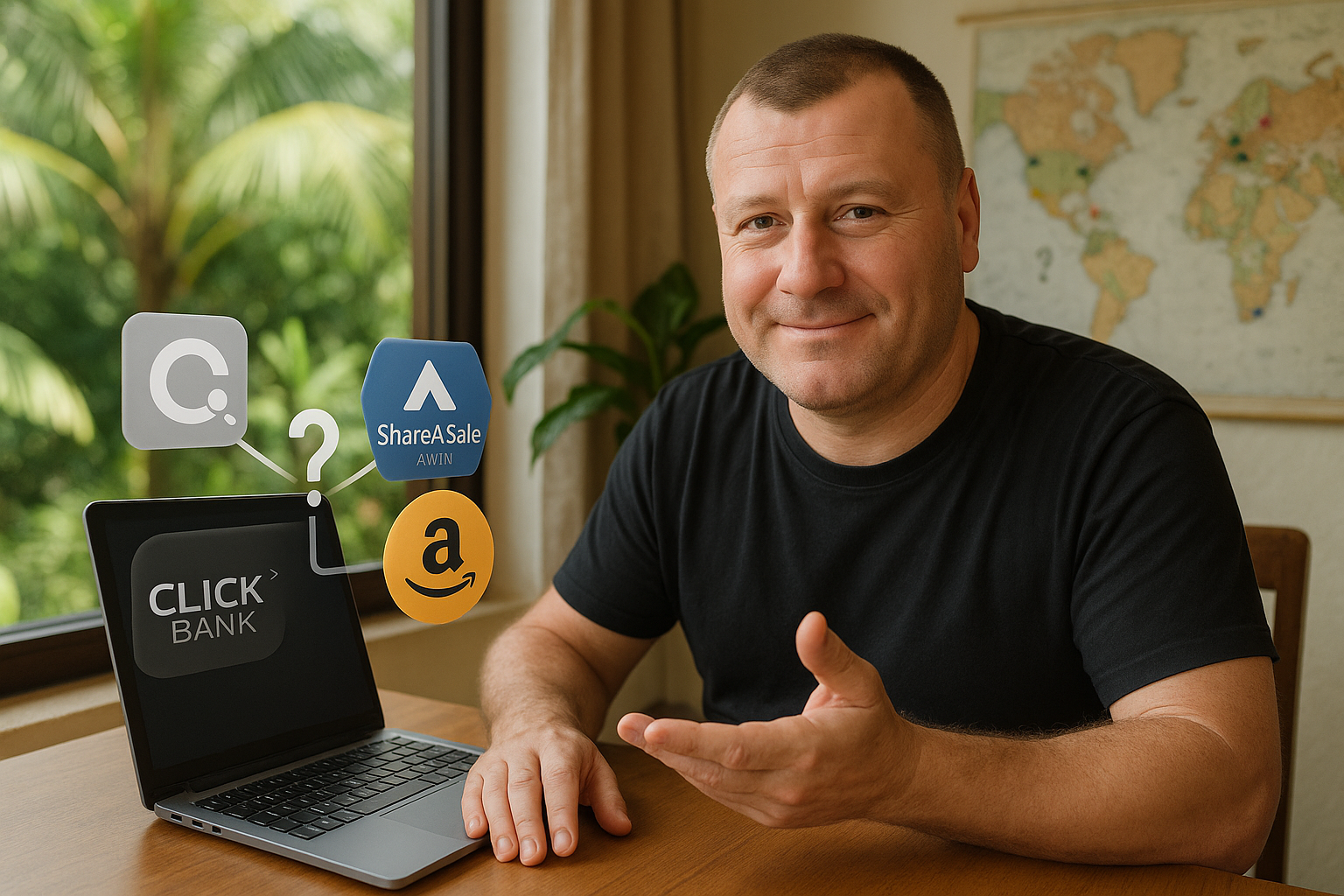
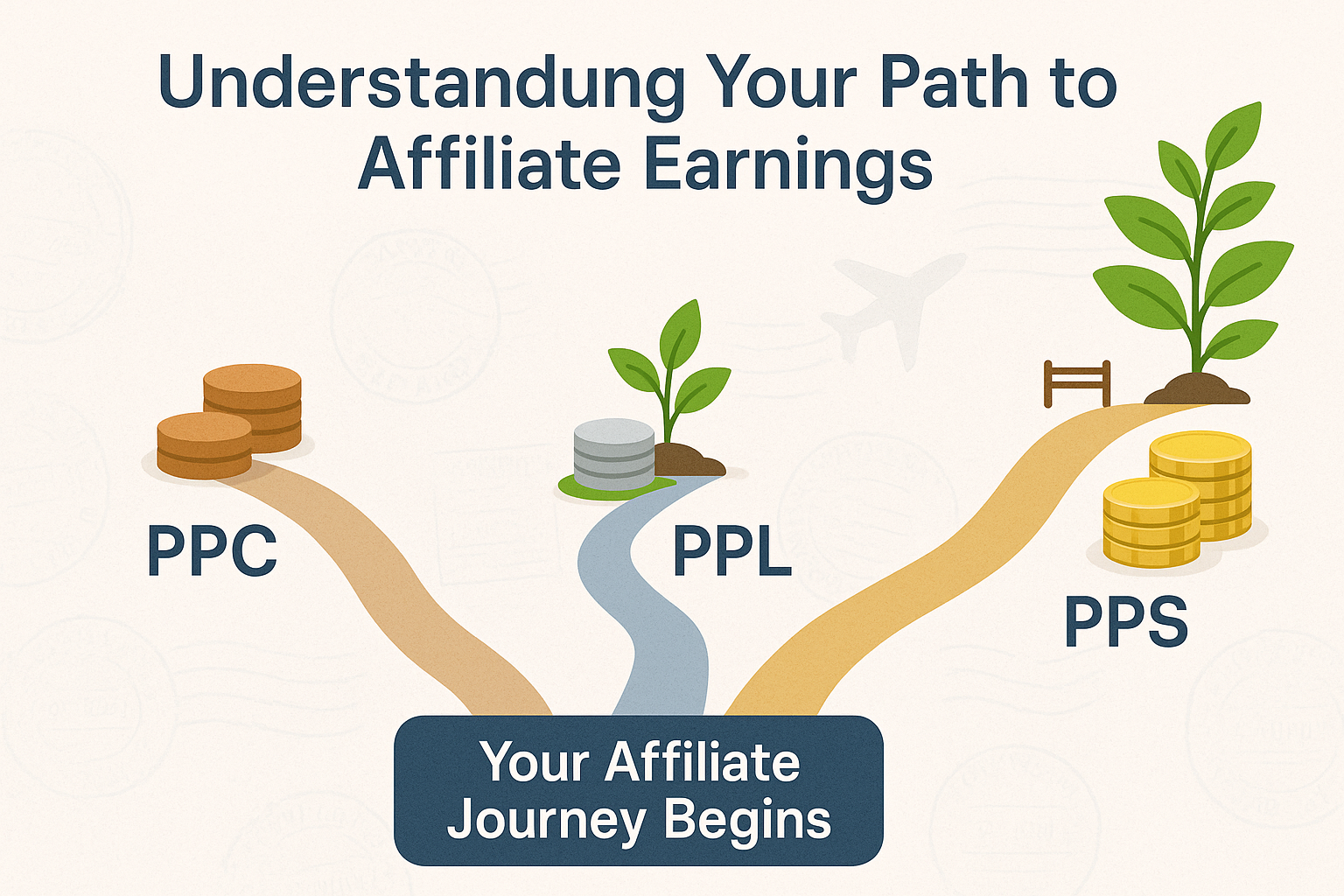
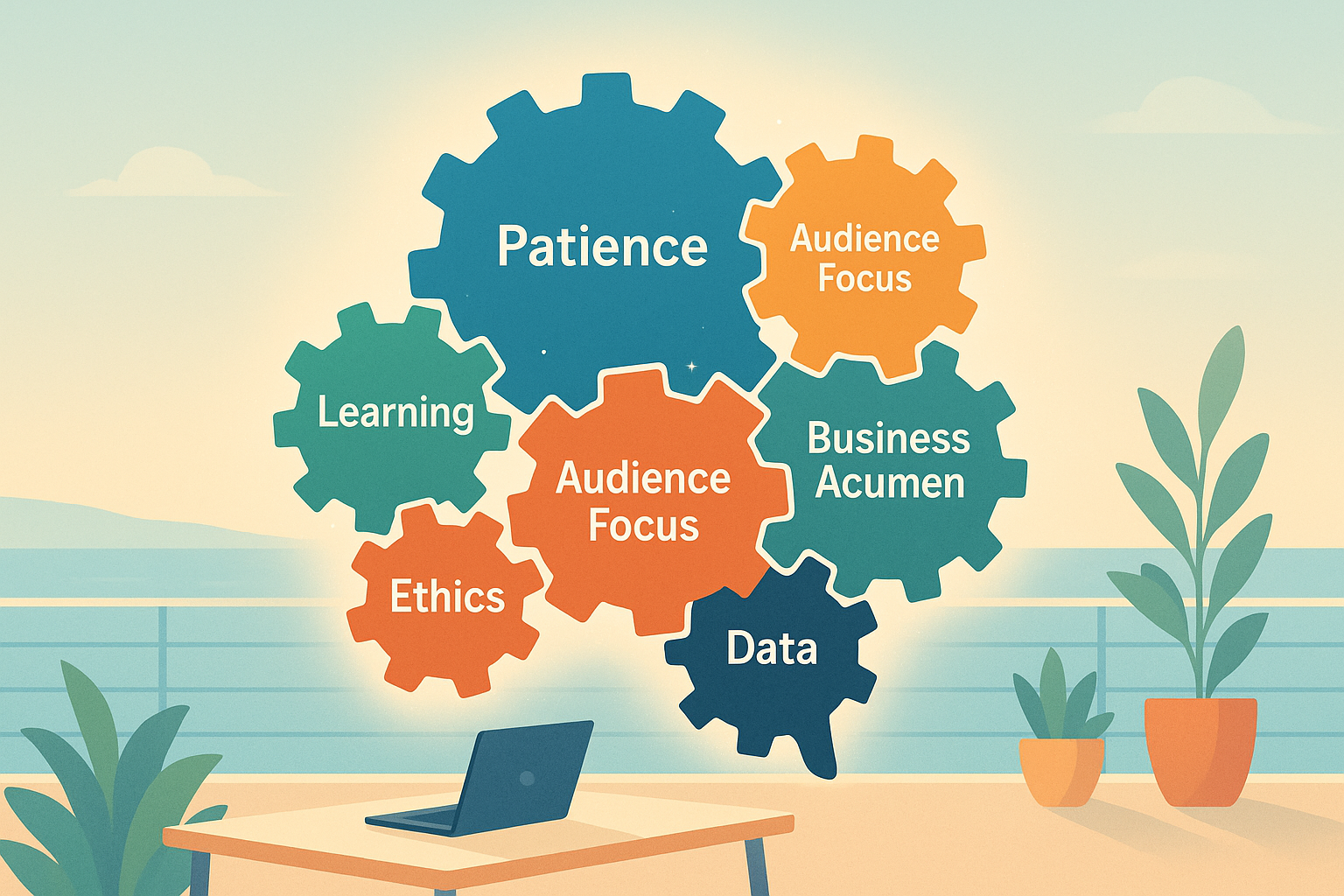
Leave a Reply